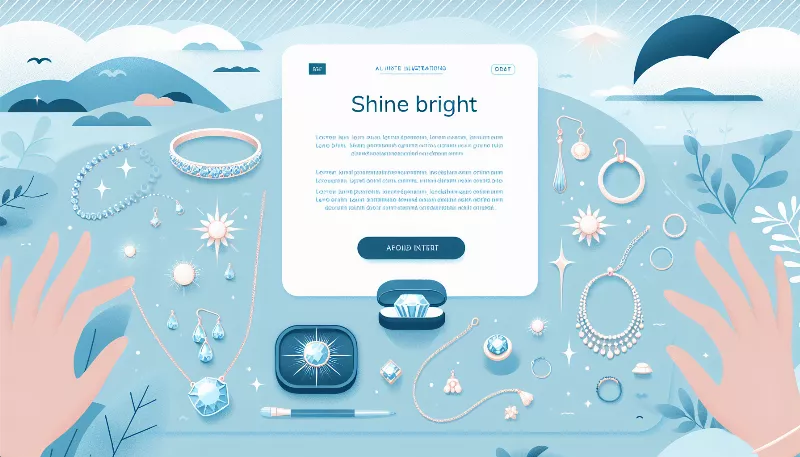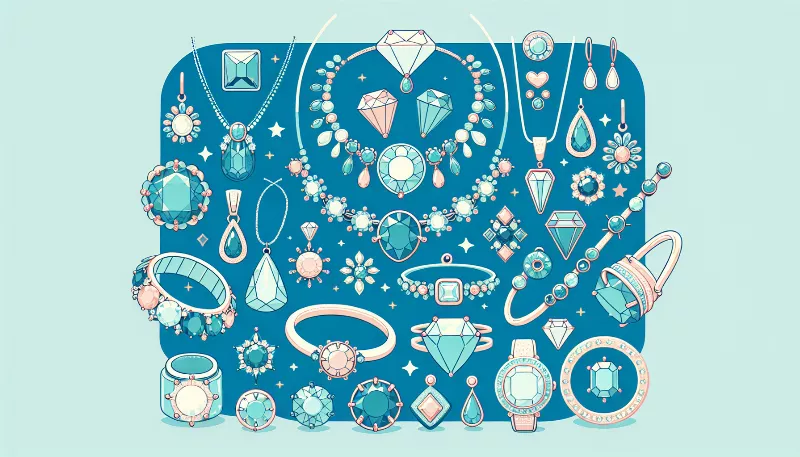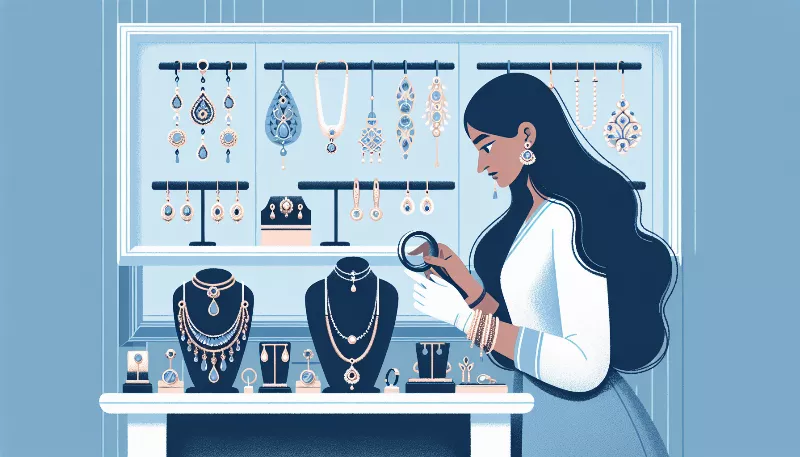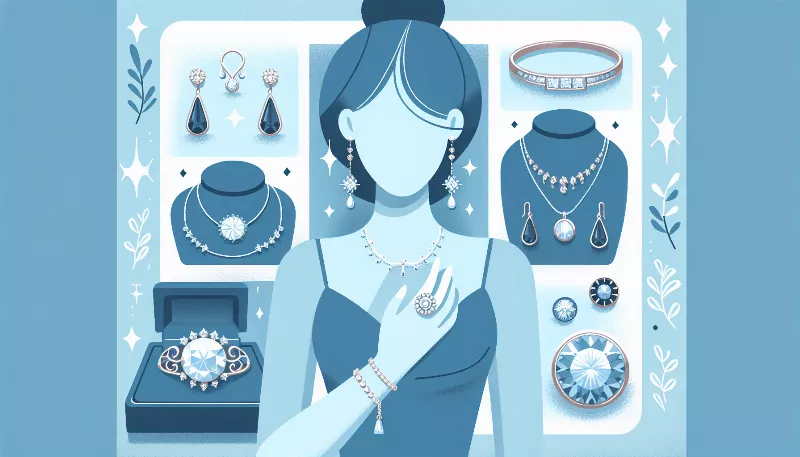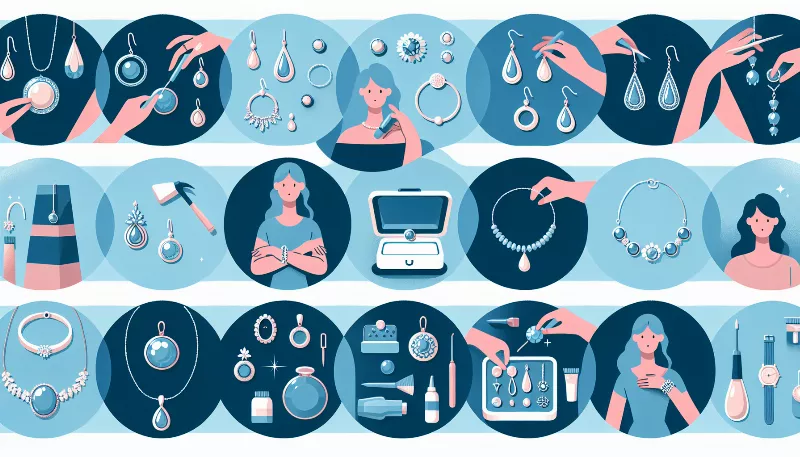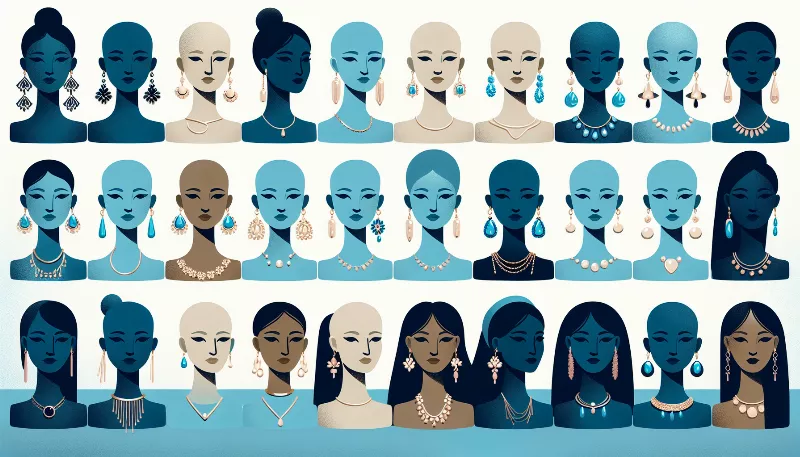Can you explain the difference between precious and semi-precious stones?
Uncover the secrets of gemstones! Learn what sets precious stones apart from semi-precious ones in our insightful guide. Sparkle with knowledge!
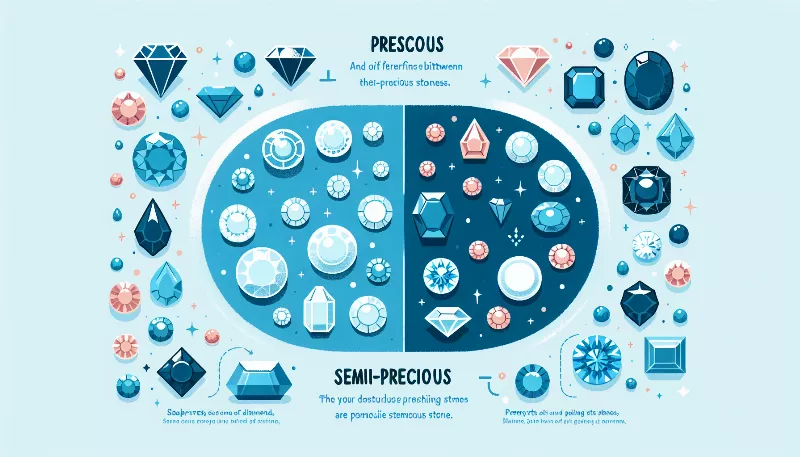
Unveiling the Sparkling Truth: The Difference Between Precious and Semi-Precious Stones
Are you ready to dive into the glittering world of gemstones? There's something truly magical about the way they capture light and attention, isn't there? But have you ever wondered what sets precious stones apart from their semi-precious counterparts? Let's embark on a sparkling journey to uncover the mysteries that distinguish these two categories of gems!
The Traditional Distinction
Historically, the term 'precious stones' was reserved for a select few: diamonds, sapphires, rubies, and emeralds. These gems were prized for their exceptional beauty, rarity, and durability. They have captivated humans for centuries, adorning the crowns of royalty and the necks of the elite. Their allure is undeniable, and their status has been cemented in the annals of history as the most coveted of all gemstones.
On the other hand, 'semi-precious stones' is a term that encompasses a vast array of other gemstones. This includes the likes of amethyst, aquamarine, citrine, garnet, and many more. While these stones are certainly beautiful and valued in their own right, they were historically considered to be more abundant and less valuable than their precious counterparts. However, this distinction is becoming increasingly blurred in modern times.
Rethinking the Categories
In today's gemstone market, the lines between precious and semi-precious stones are not as clear-cut as they once were. For instance, some semi-precious stones like opals, tanzanite, or alexandrite can fetch higher prices than some precious stones due to their rarity or the demand for them. The terms 'precious' and 'semi-precious' are now seen by many as outdated, with the value of a stone being determined more by its individual qualities rather than its category.
Factors such as color saturation, clarity, cut, and carat weight play significant roles in determining a gemstone's value. Moreover, the origin of the stone and its treatment history can also affect its worth. With advancements in gemstone treatments and enhancements, even less desirable stones can be transformed into eye-catching beauties, further challenging the traditional hierarchy.
Beauty Beyond Labels
Ultimately, whether a stone is called precious or semi-precious, it's important to remember that beauty is in the eye of the beholder. Each stone carries its own unique charm and character. Some may be drawn to the deep blue of a sapphire, while others may prefer the gentle purple hues of an amethyst. Personal preference, cultural significance, and even healing properties contribute to the desirability of a gemstone.
So, next time you're admiring a piece of gemstone jewelry or considering a purchase, think beyond the labels. Consider the stone's individual beauty, how it makes you feel, and the craftsmanship that has gone into creating the piece. Whether precious or semi-precious, each gem has a story to tell and a sparkle to share!
Embrace the diversity of the gemstone world, and let your heart decide which stone resonates with you the most. After all, the true value of a gemstone is not just in its price tag, but in the joy and beauty it brings to our lives. Shine on, gemstone enthusiasts, for every stone has its moment to sparkle!


